Pectinia Coral Care Guide – Care, Feeding & Lighting Tips
Introduction
Pectinia corals, sometimes nicknamed “Space Invader Corals” for their neon green and contrasting color varieties, are among the most visually captivating LPS corals in the reef hobby. Their unique leaf-like ridges and sculpted skeletal plates give them an alien appearance that stands out in any reef aquarium. However, their beauty comes with a reputation for aggression, making them corals that demand respect in aquascaping.
Appearance & Growth
Pectinia corals form plating, leafy structures with distinctive ridges and folds. Their coloration can range from bright greens and yellows to darker, more subdued tones, often highlighted by fluorescent accents under actinic lighting. Growth tends to be moderate, with colonies developing broad, flowing ridges that spread outward over time.
Aggression & Behavior
One of the defining traits of Pectinia is their aggressiveness. At night, they extend long sweeper tentacles—sometimes several inches long—that can deliver potent stings to nearby corals. Because of this, aquarists must give them plenty of space in the aquarium, ideally positioning them where their reach won’t threaten other prized specimens.
Natural Habitat
In the wild, Pectinia corals are distributed throughout the Indo-Pacific, typically found on reef slopes and ledges. They thrive in areas with moderate water movement, which helps keep sediment from accumulating on their surfaces while delivering essential nutrients.
Aquarium Care
Pectinia requires moderate lighting, generally between 75–150 PAR. Too much light can bleach the coral, while insufficient lighting may limit growth and coloration. Moderate indirect flow is preferred—enough to prevent detritus buildup but not so strong that it damages the fleshy tissue.
When placing Pectinia in a tank, aim for mid to lower levels of the aquascape, ensuring it has enough clearance from other corals. Because of their aggressive sweeper tentacles, they are best placed in semi-isolated positions where they won’t encroach on other species.
Feeding
Although Pectinia corals are photosynthetic, they benefit greatly from supplemental feeding. Target feeding with mysis shrimp, enriched brine shrimp, or coral-specific foods two to three times per week can boost their growth and vibrancy. Their fleshy polyps are adept at capturing small, meaty foods when offered.
Compatibility
Pectinia corals are best kept with peaceful reef fish and invertebrates that won’t disturb their fleshy polyps. They are not suitable for tanks that are heavily packed with other aggressive LPS corals unless careful spacing is maintained.
Conclusion
Pectinia corals are stunning additions to a reef tank, offering dramatic texture and color that can transform an aquascape. While they demand careful placement and respect due to their aggressive nature, their unique appearance makes them well worth the effort for aquarists seeking a showpiece coral. With stable conditions, moderate lighting and flow, and occasional feeding, Pectinia will reward you with long-term growth and beauty.
Shop Pectinia Coral


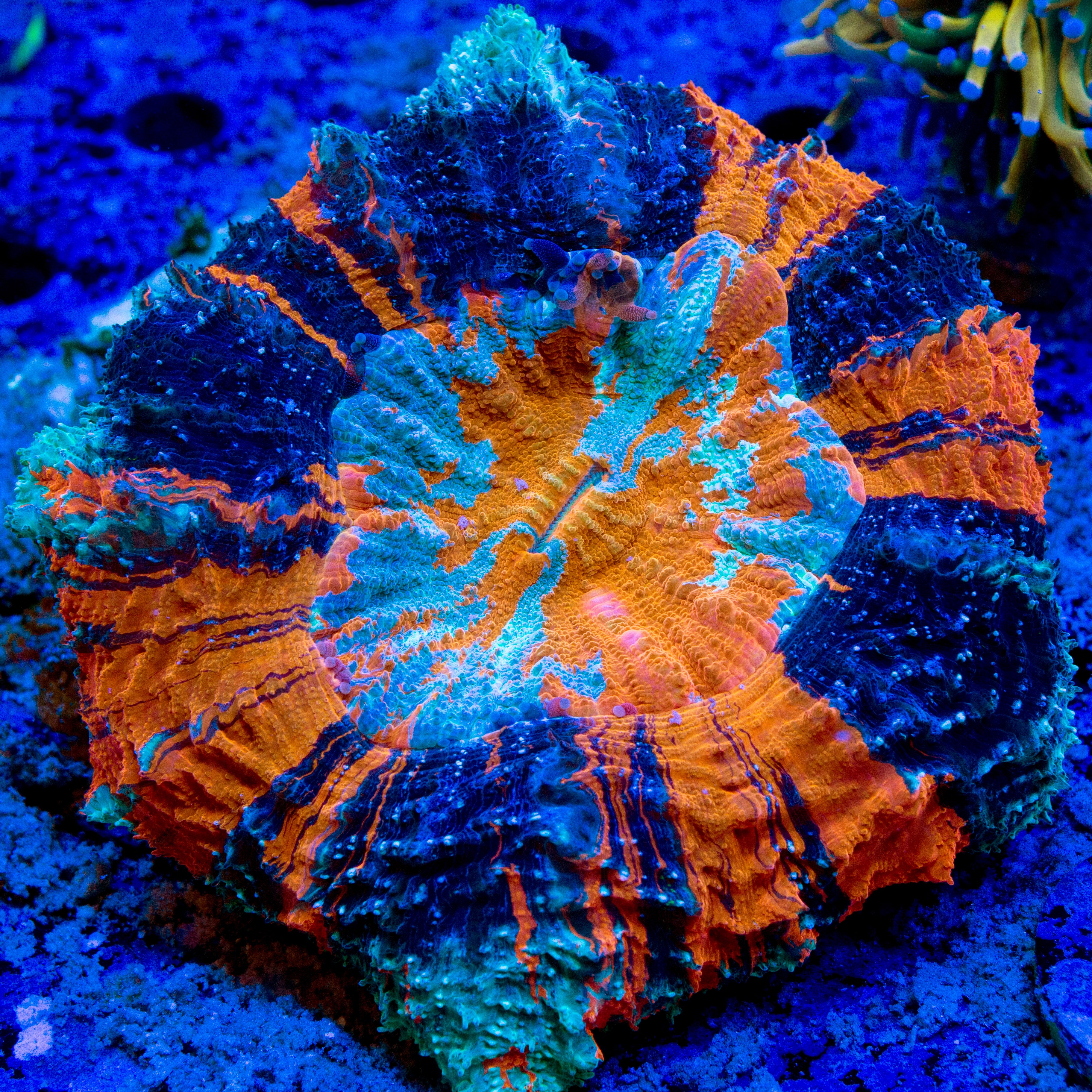
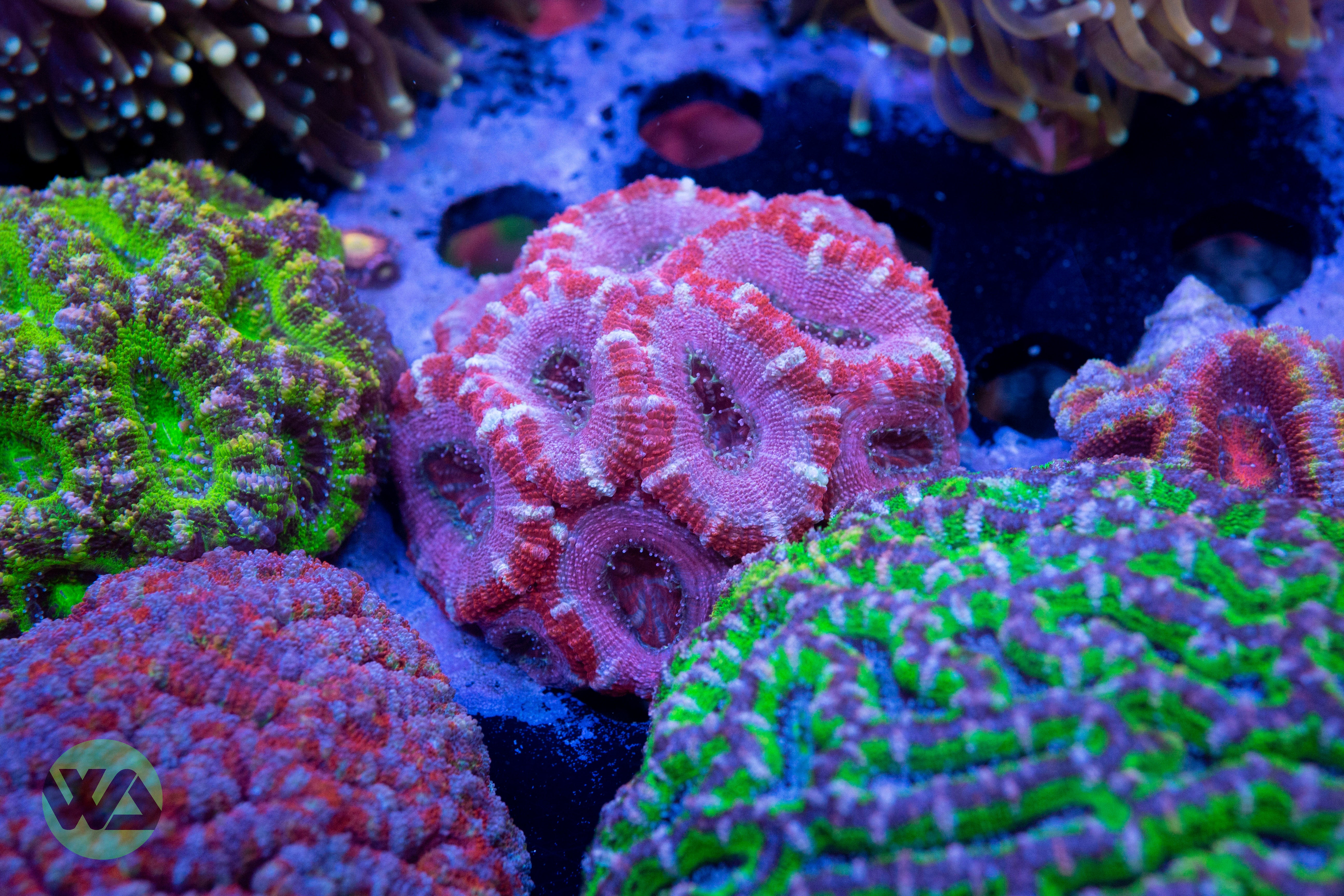
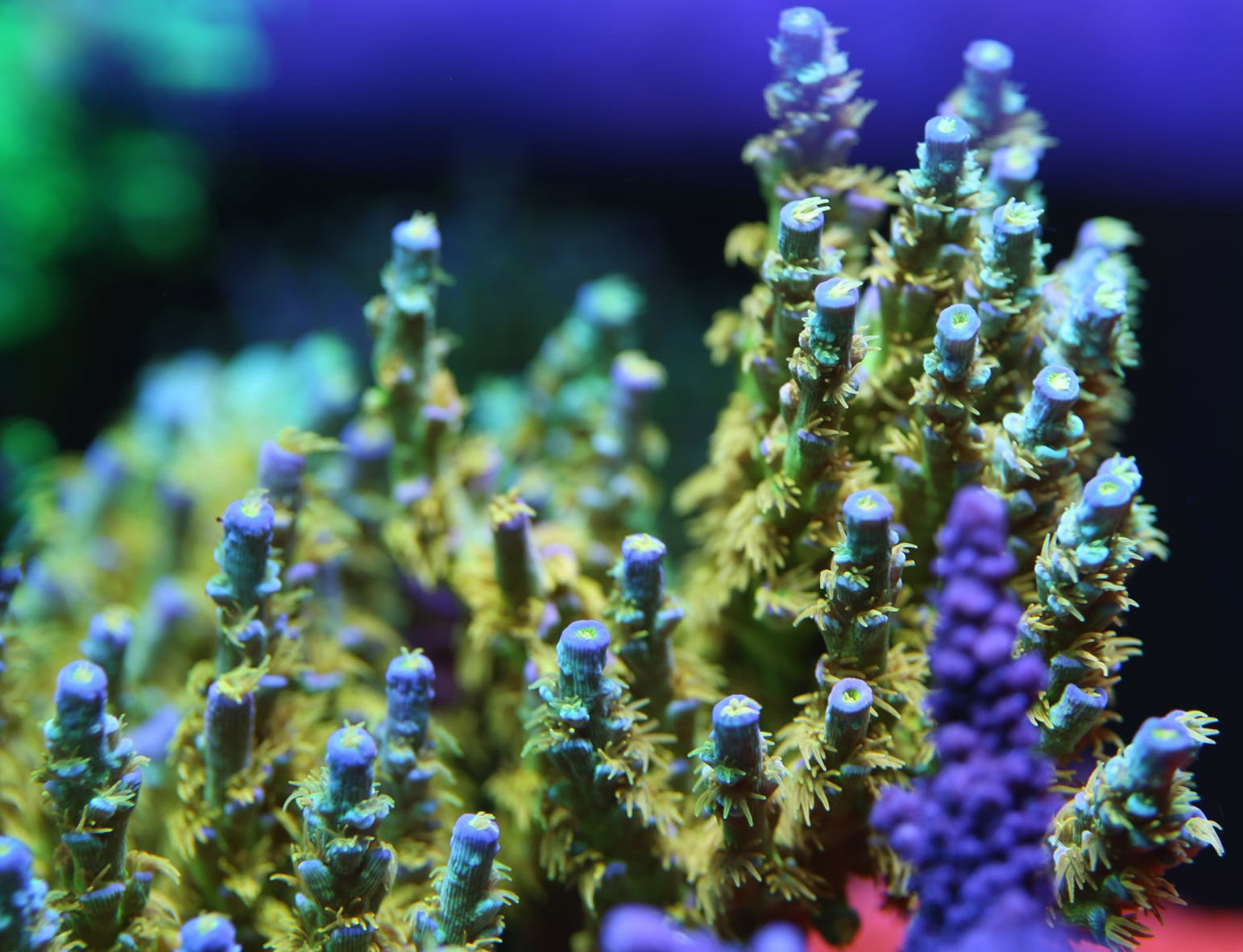
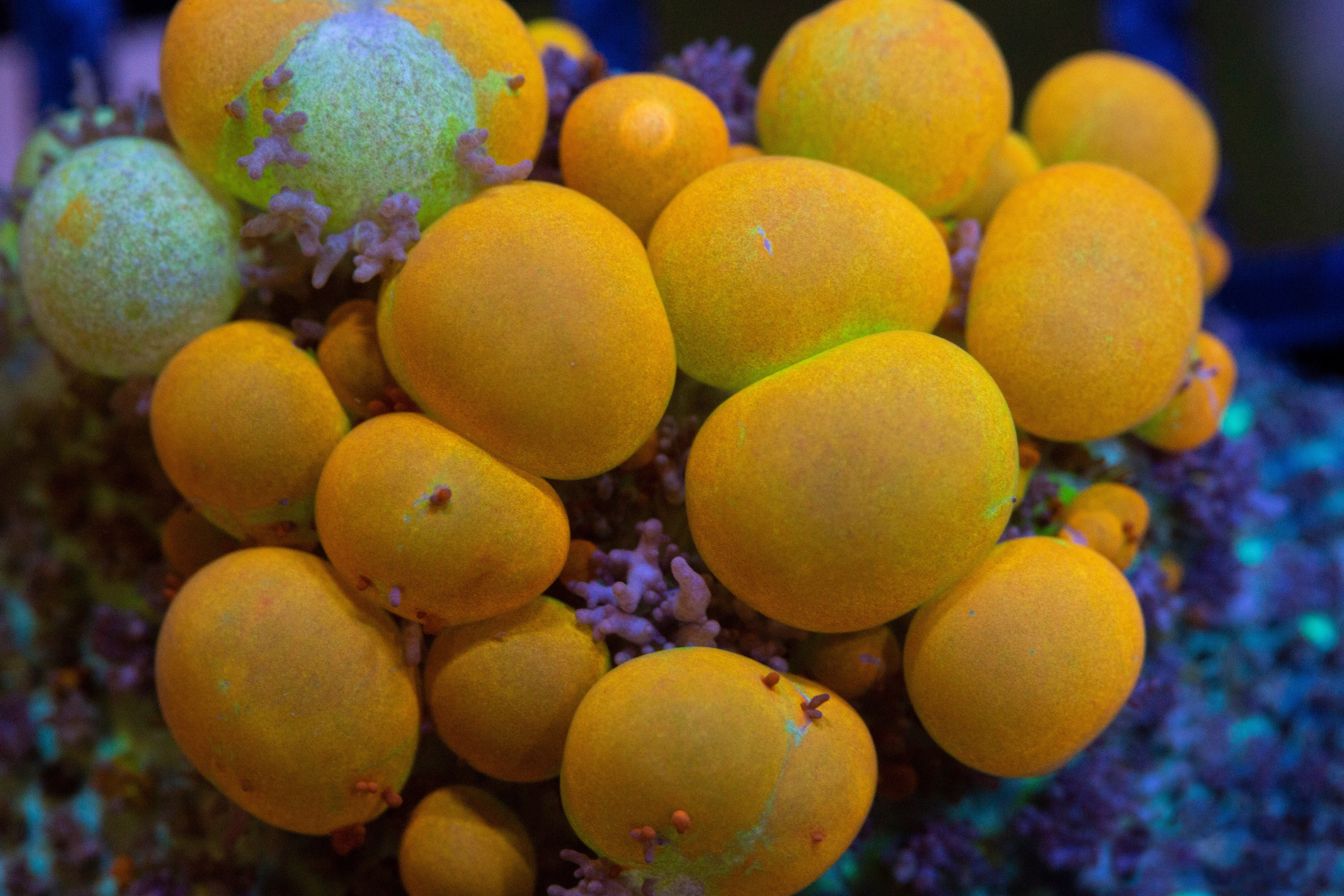
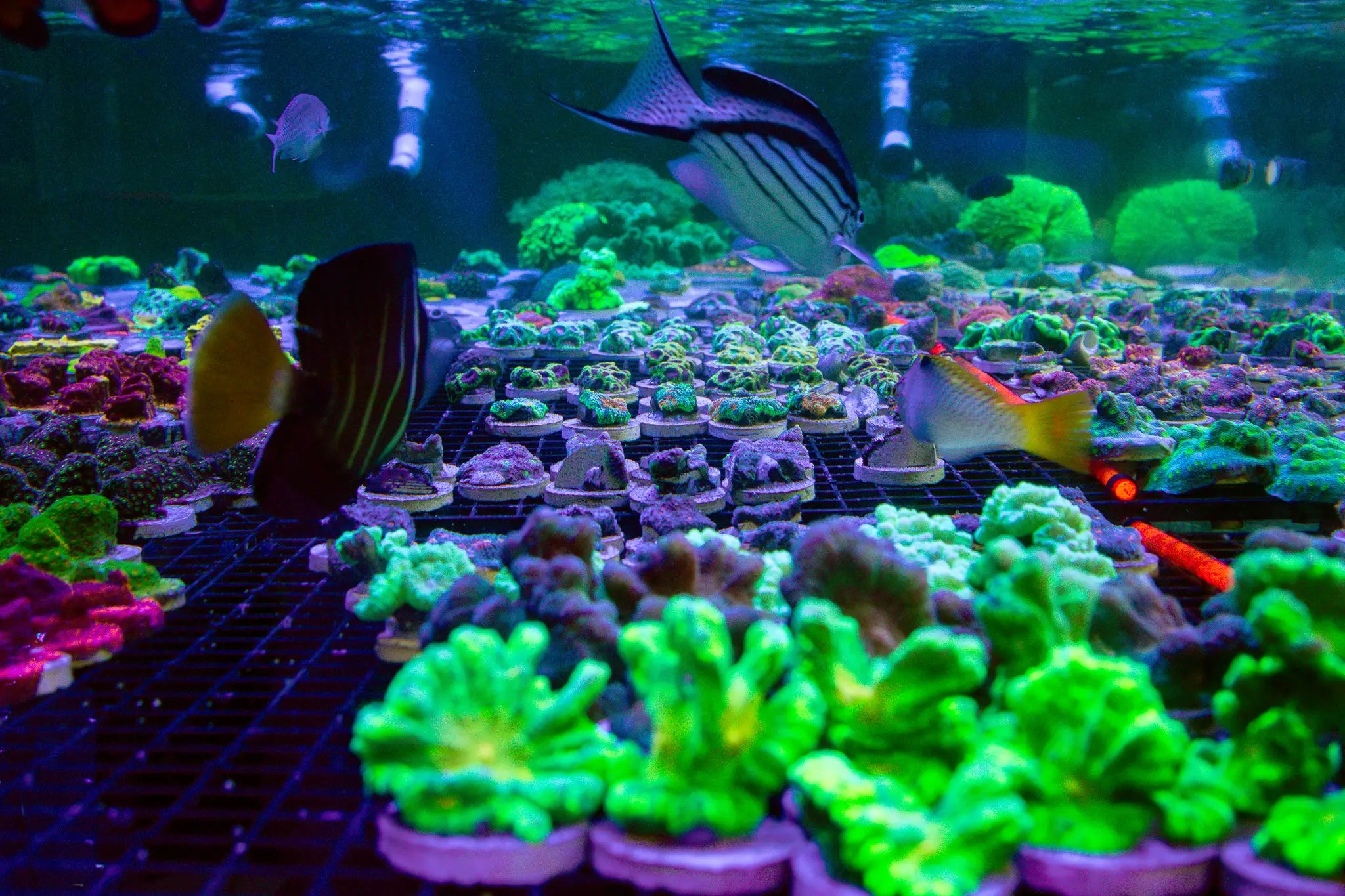

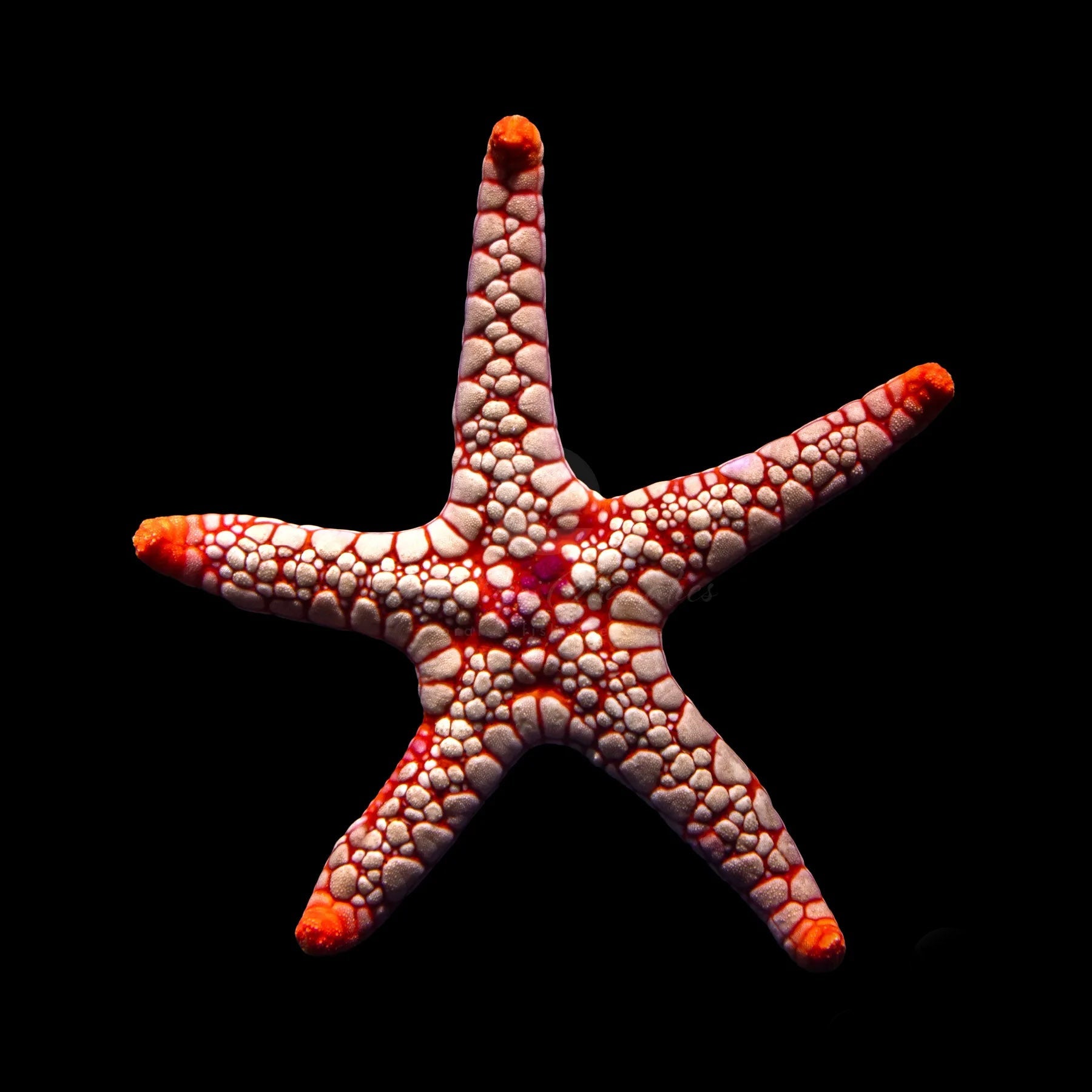
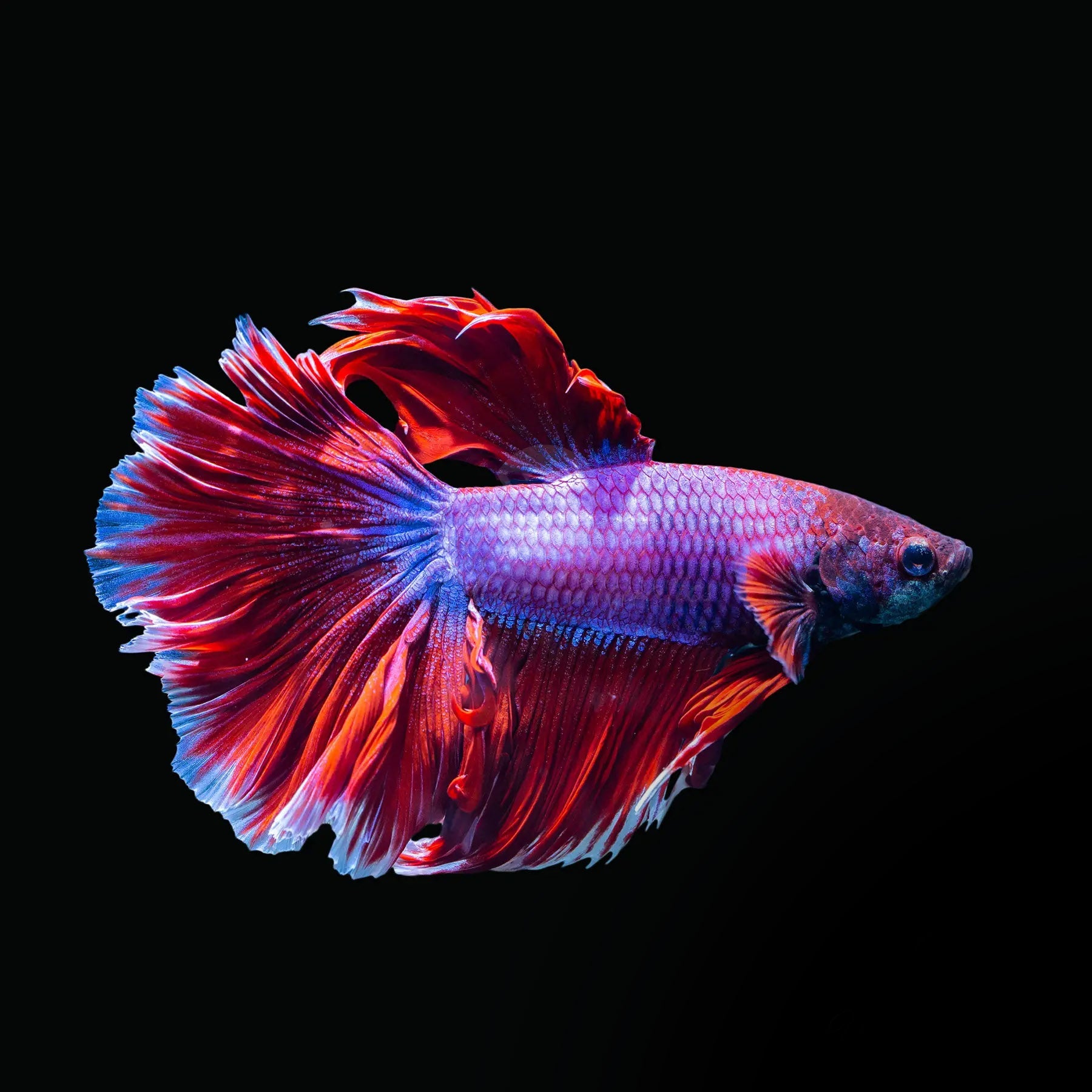
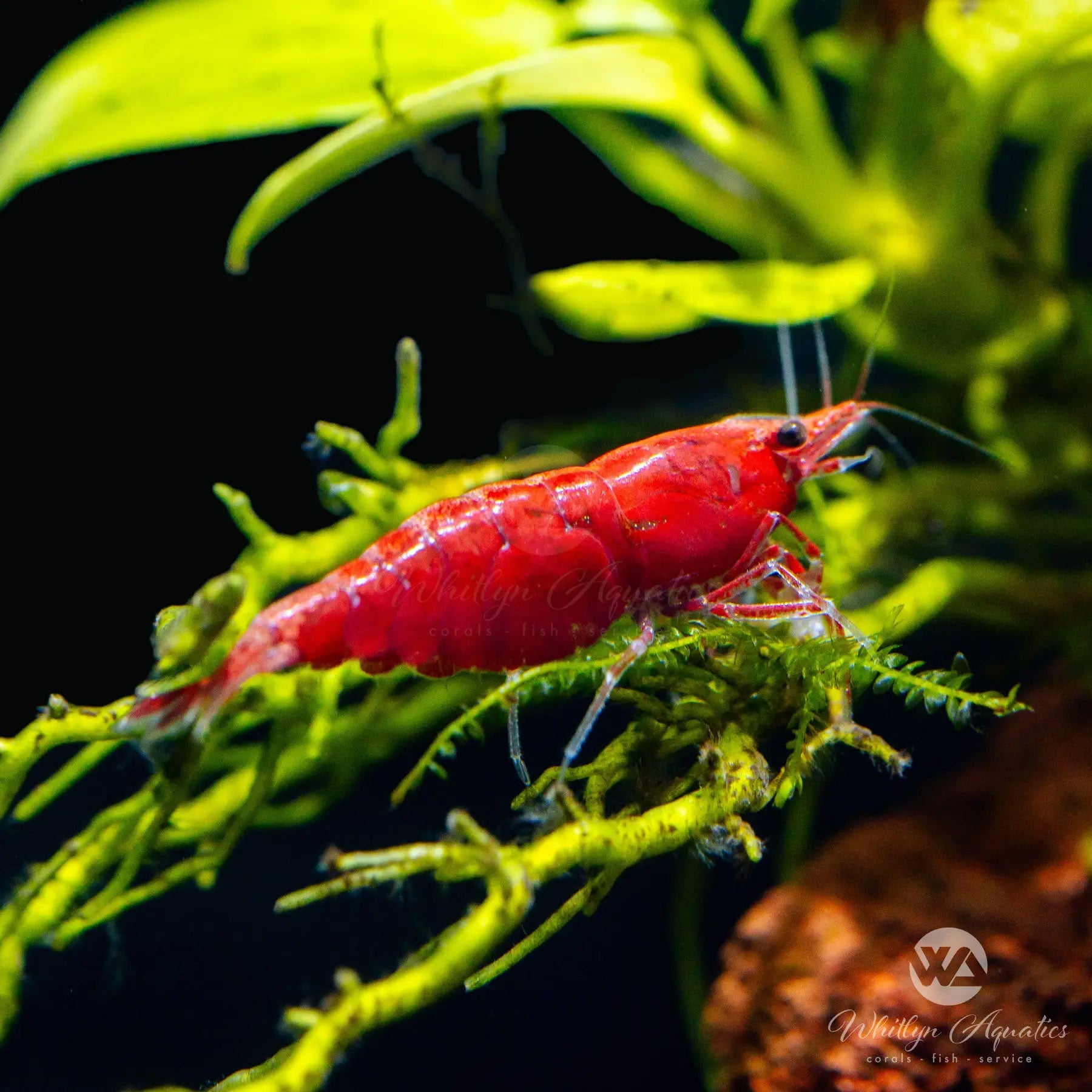
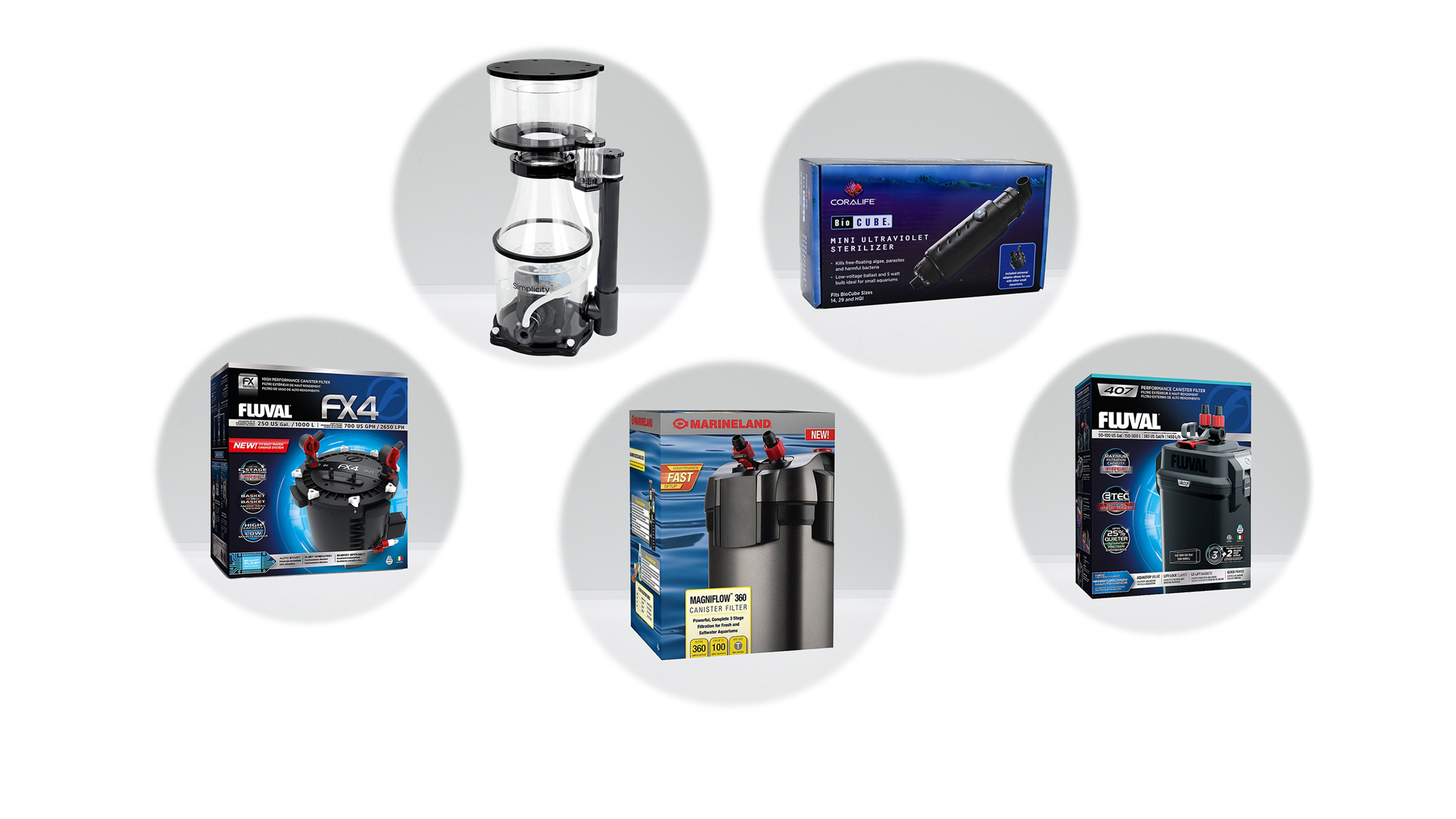
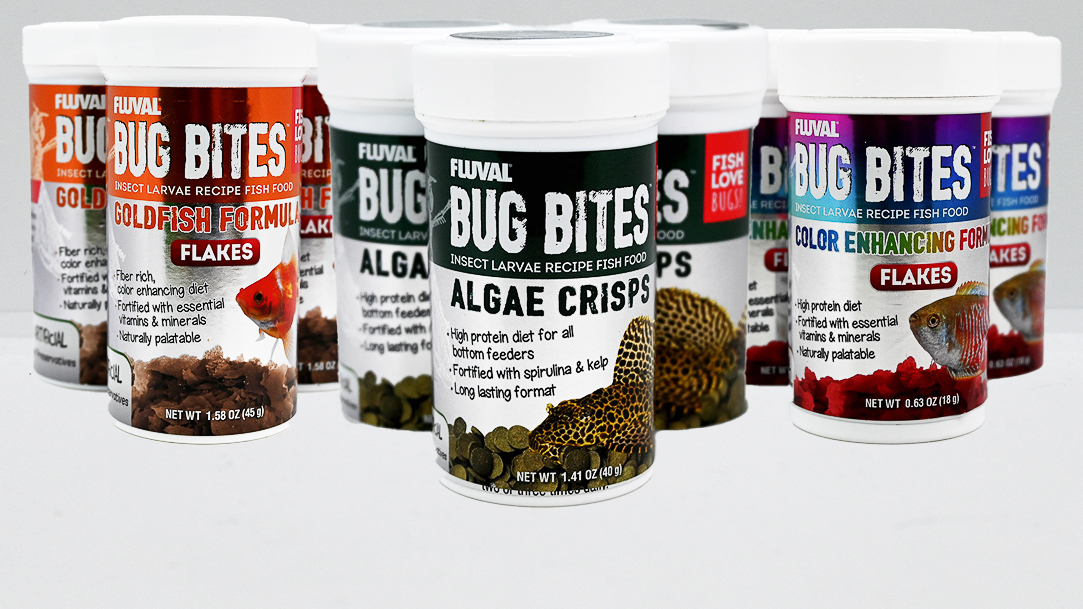
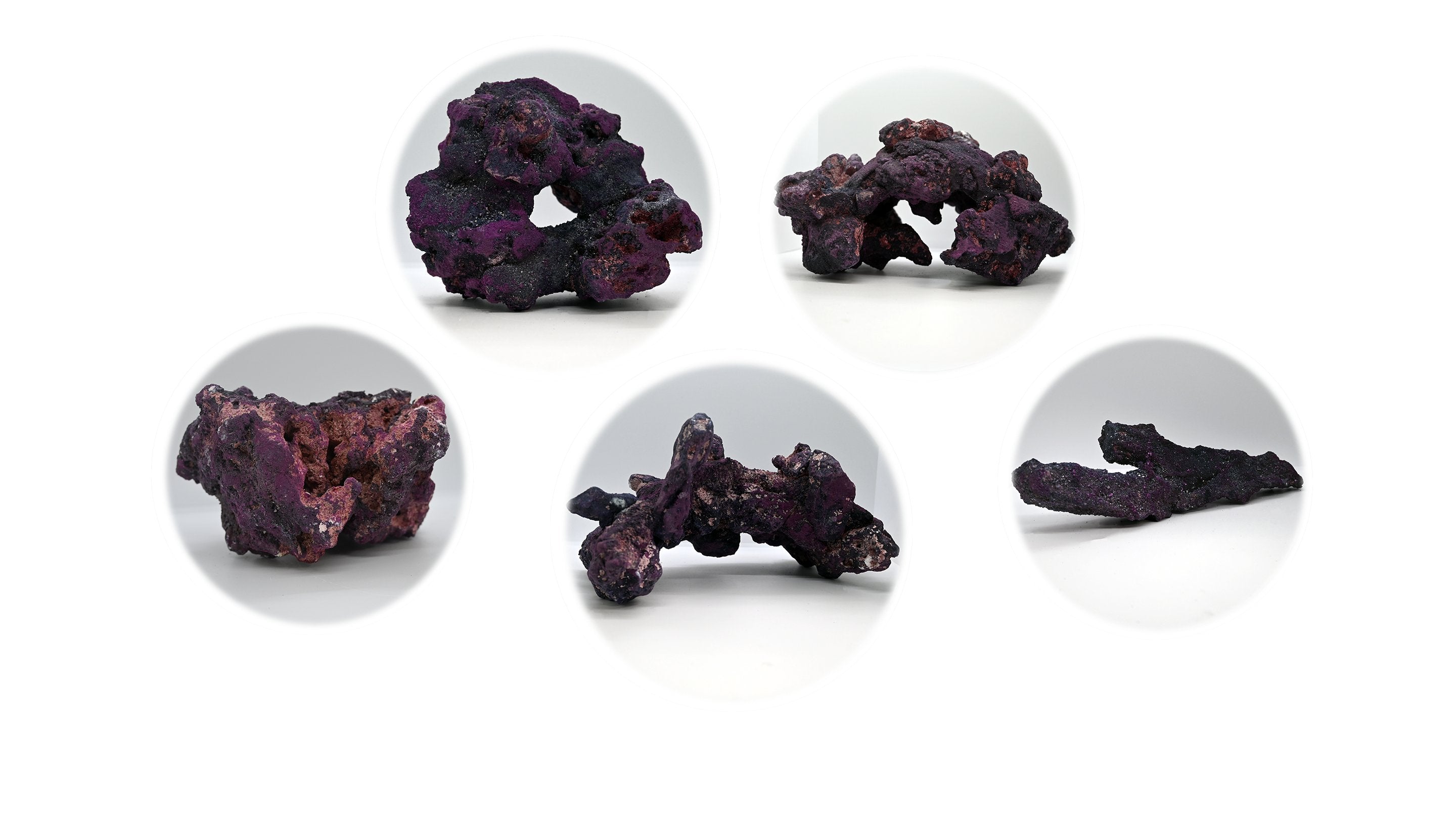
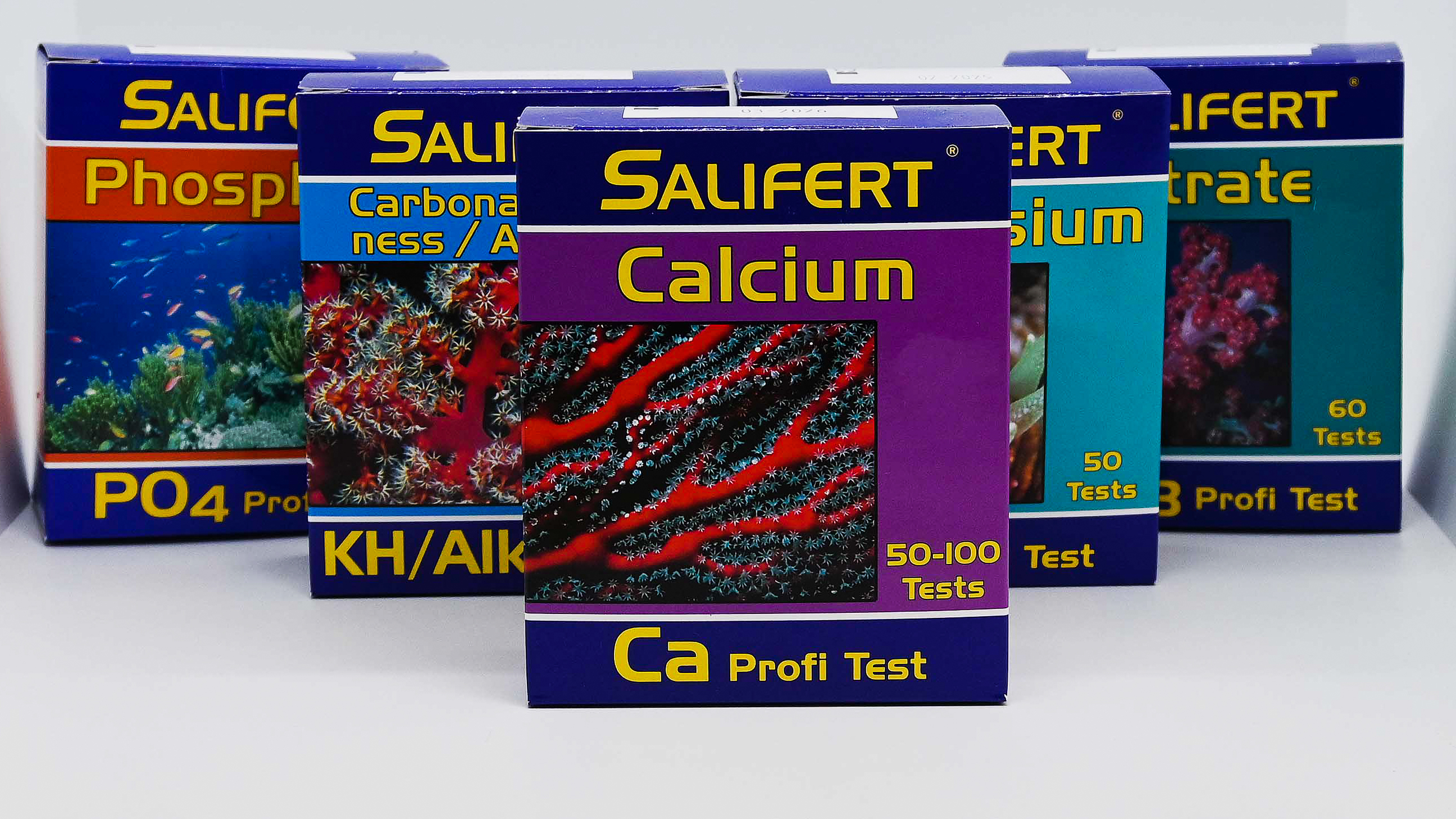
Leave a comment